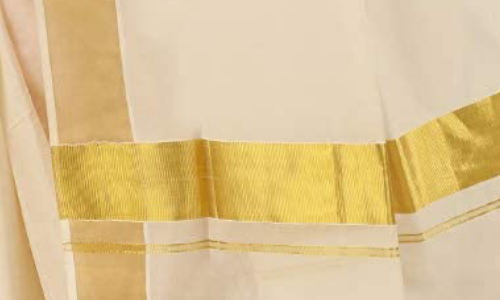Animal-Based Fabrics
Silk Mulberry / Pure
- WeatherAll Weather Not In Harsh Summers (might get sweat stains)
- PopularityCommonly available
- ProductionMainly produced in India, China, Uzbekistan, Brazil, Japan, Korea, Thailand, Vietnam
- CareCold Water
- TextureSoft
- UsecasePopular as every-day wear
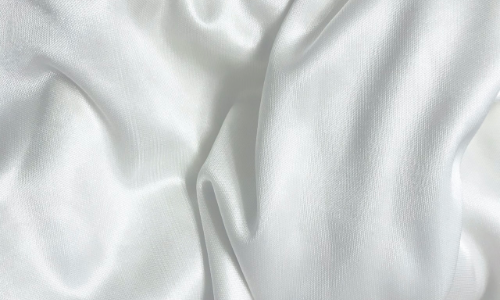
Description
Silk is known for its shine, strength, durability, and luster. Silk has been established to be a symbol of luxury because of its expensive production, classy yet elegant look, and soft-to-feel texture. Many different insects can be responsible for producing silk other than silkworms, like honey bees, hornets, weaver ants, bumblebees, etc. Silk is primarily made of a protein named fibroin. The fabric shrinks with a wash, so it is recommended to dry-clean it, other than that it has great elasticity and absorbency.
History of Silk Mulberry / Pure
Silk is a weavable fabric that was first discovered in the 27th century BC when a cocoon fell into the cup of Chinese Empress Hsi Ling Shi was sipping tea under a mulberry tree and the cocoon started to unravel. Her unexplainable attraction towards it compelled her to discover the source of it. She found that Bombyx mori silkworm in the white mulberry is the source of those cocoons. Her obsession with it led to the cultivation of silkworms (this cultivation is termed sericulture) and further, she invented loom and reel. This story was believed and written by a Chinese legend and since then it is the sole belief of the Chinese people for 3 good millennia. Today, China rules as the global monopoly of silk production. Slowly and steadily, silk began to spread through the Chinese culture to other royalties of Asia. It soon became a luxury fabric.
The Silk Road, the most profitable trade route created for the expanding and heavy demand for silk fabric in the early half of the first millennium BC was responsible for taking silk westward and bringing back other commodities like gold, silver, and wool to the east. The realization by the Chinese that it is a valuable fabric led to keeping this fabric a secret from the world for 30 long centuries.
European silk industry witnessed a downfall in the 19th century. During that era, traditional silk products like parachutes and stockings were ruled over by man-made silk alternatives such as nylon. One of the reasons behind this advent becoming a trend was driving the cheaper Japanese silk through the opening of the Suez Canal. This made Japan the biggest producer of raw silk until China overthrew it and reconquered its position in the 1970s.
Today China produces almost two-thirds of the total world’s silk production and around 125 thousand metric tons of silk is produced on a global level.
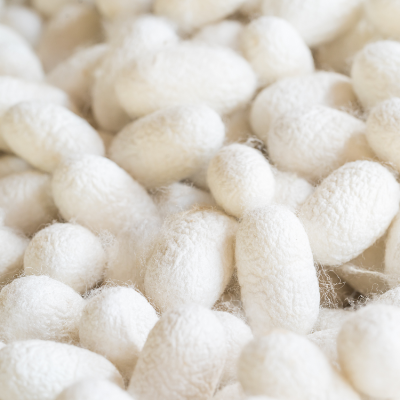
Photos
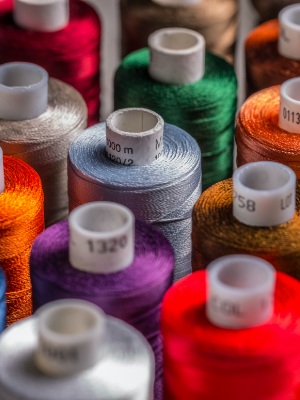
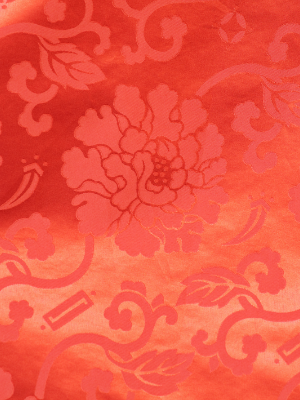

Silk Mulberry / Pure is a Animal-Based fabric.
Read more about Animal-Based fabrics like Jute and Hemp.
Process
The process of silk fabrication begins with sericulture.
- Feeding: Beginning with feeding the larvae with mulberry leaves.
- Cocoon Formation: The worm starts spinning the cocoon after several moultings. The cocoon is exposed to air for 2-3 days so that the silk solidifies.
- Boiling: The formed cocoons are dropped into boiling hot water. The intention is to kill the pupae residing inside the cocoon.
- Extraction: after killing the pupae inside the cocoon, the cocoon is brushed thoroughly to extract the silk filament from it.
- Spinning: The raw silk is finally spun into yarns or even knitted or woven to fabricate silk fabric.
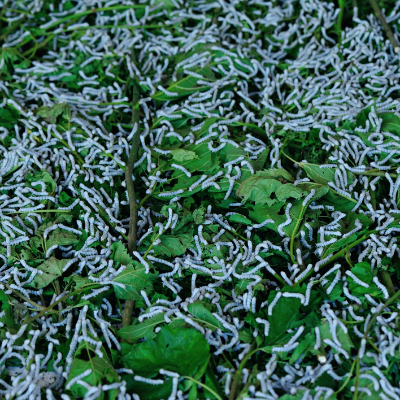
Checkout fabrics made from Silk Mulberry / Pure
- Bandhani / Bandhej
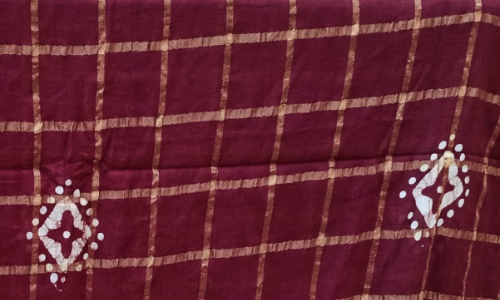
- Chanderi
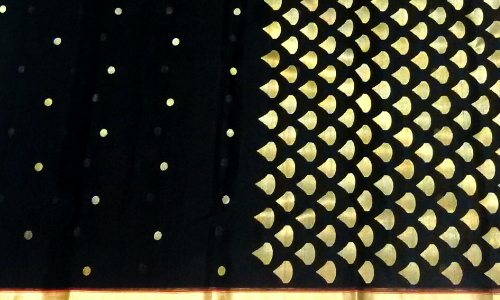
- Banarasi
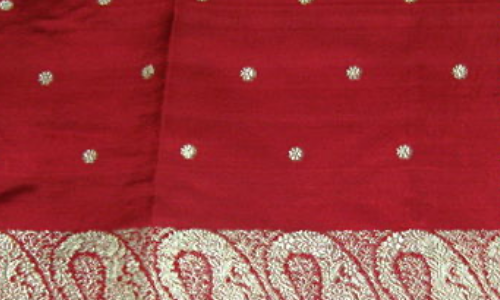
- Ikat
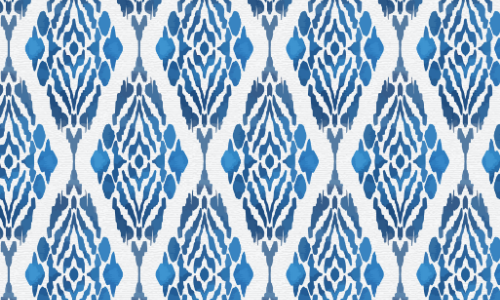
- Dharmavaram
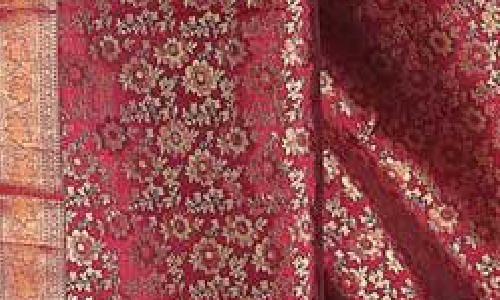
- Ilkal
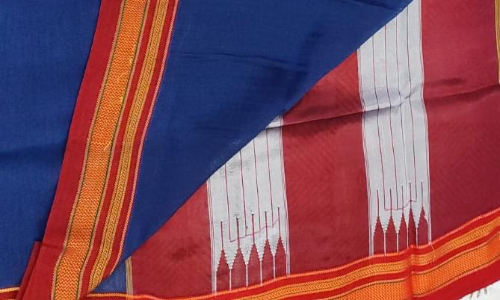
- Kanjeevaram
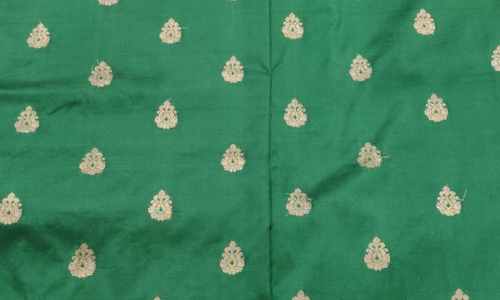
- Khun
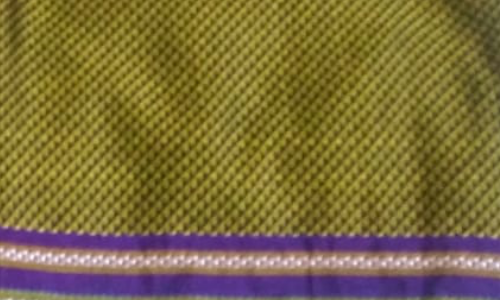
- Narayan Peth
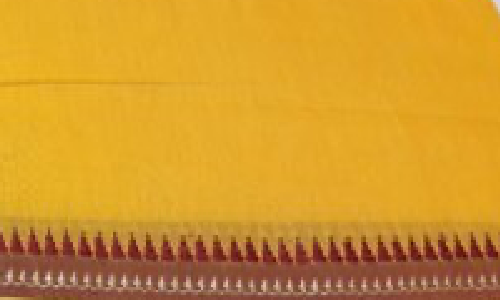
- Paithani
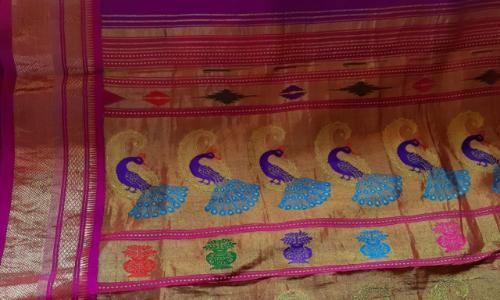
- Kasavu
